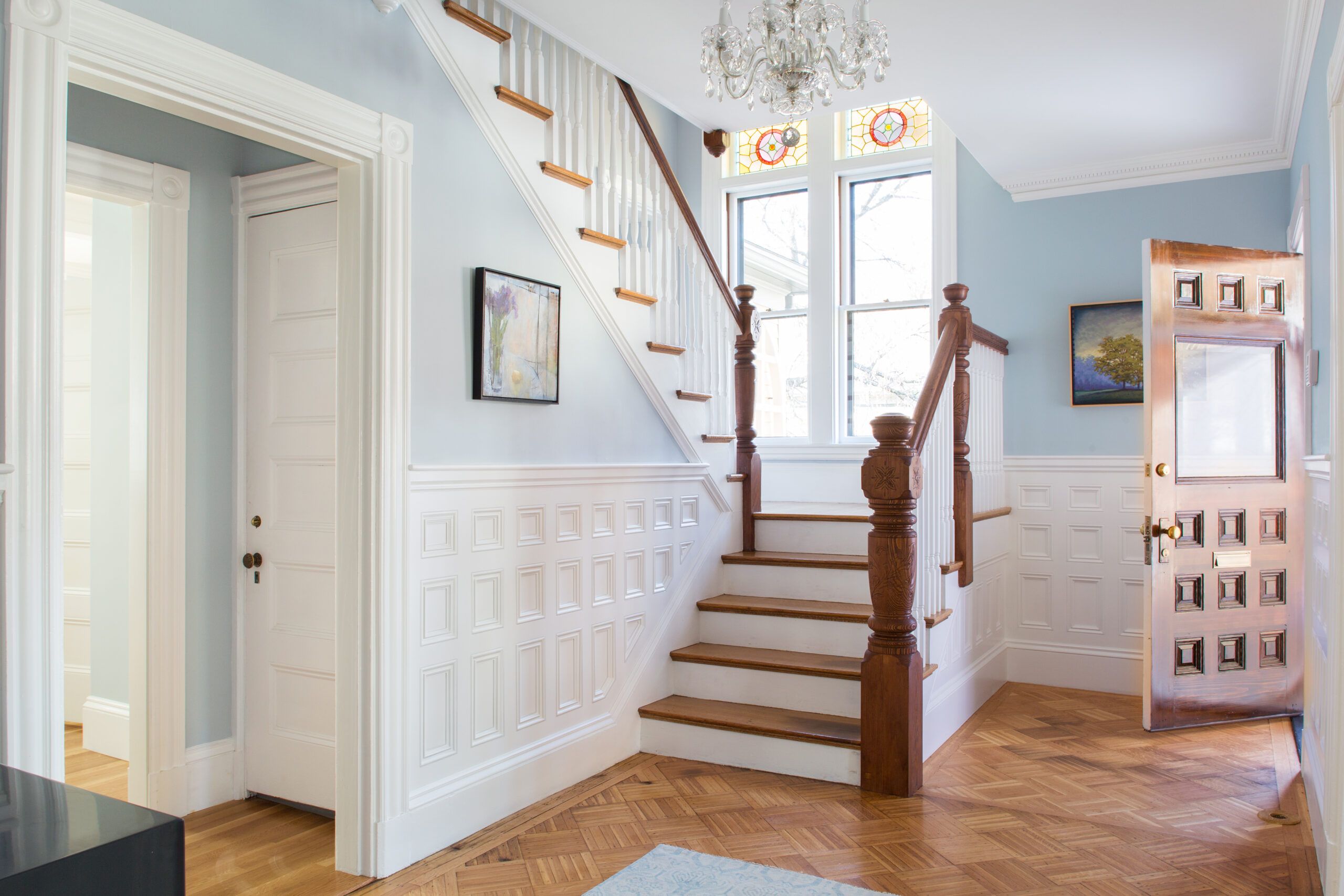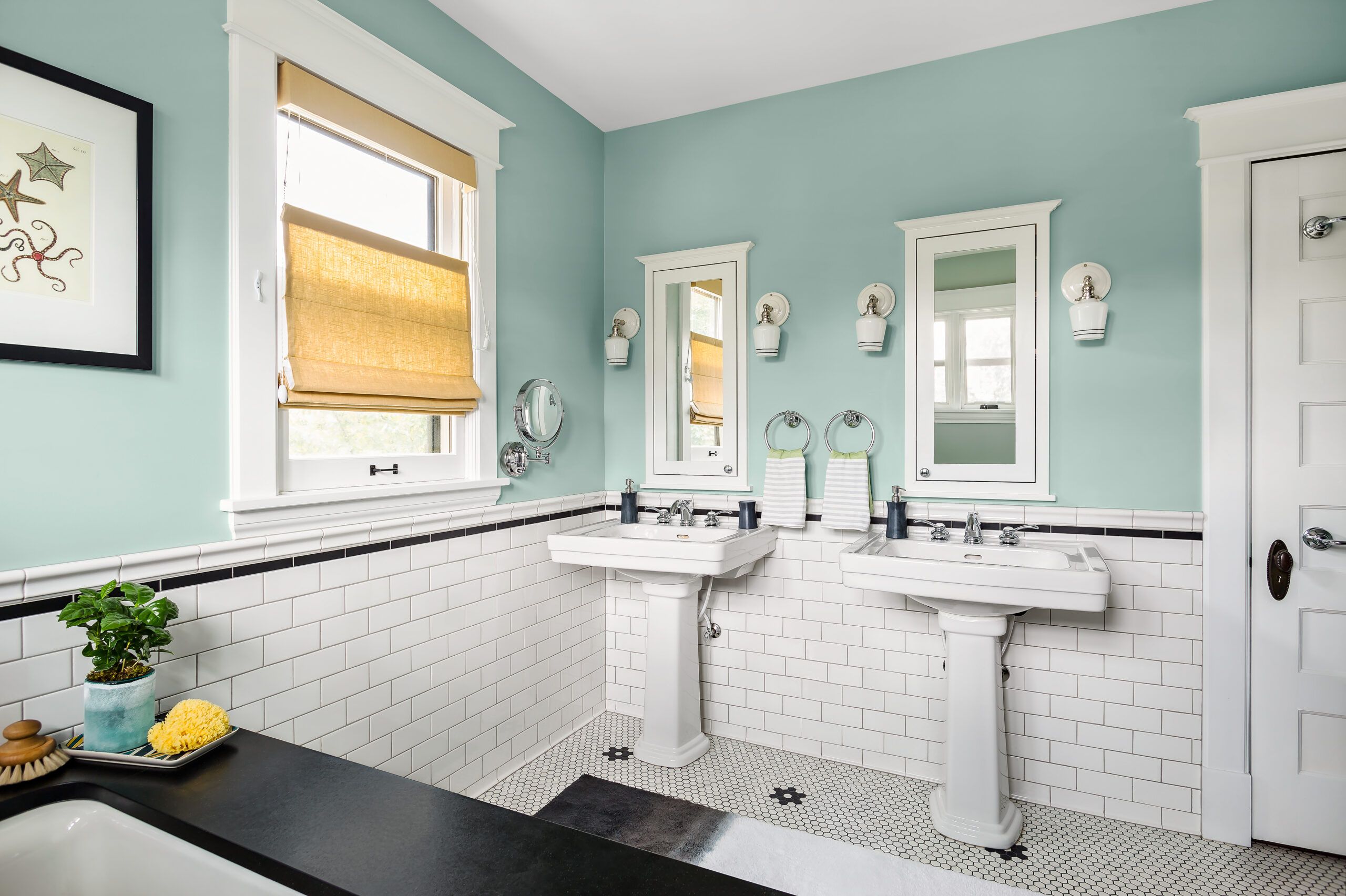Do you struggle with sneezing, scratchy throat, or watery eyes? You’re not alone—allergies affect over 25% of Americans. While medications offer relief, removing common irritants from your home is a more effective long-term solution. This guide will show you how to create an allergy-friendly environment, helping you breathe easier and live more comfortably.
Common Household Allergens
Four main culprits are responsible for most indoor allergies. By identifying these common allergens, you can better target your allergy-proofing efforts.
- Dust mites: Dust mites are microscopic creatures that thrive in warm, humid environments. They feed on dead skin cells, so they’re usually found on bedding, upholstered furniture, and carpets. These tiny pests are a leading cause of year-round allergies and asthma.
- Mold spores: Mold thrives in damp areas of your home, such as bathrooms, kitchens, and basements. Mold releases spores into the air, which cause allergic reactions when inhaled.
- Pet dander: Pet dander is the tiny flecks of skin shed by cats, dogs, rodents, birds, and other animals with fur or feathers. Dander can cause allergic reactions even in homes without pets, as you can carry dander on your clothing.
- Pollen: While pollen is primarily an outdoor allergen, it can easily enter your home through open windows, clothing, or pets. Once inside, it settles on surfaces and triggers allergy symptoms.
Identifying Your Specific Allergies
Visiting an allergist will help you narrow your preventive measures. “There’s no point in making changes at home if you don’t address your particular allergies,” says Laurie Ross, editor of Allergy & Asthma Today. “Who knows, you might be allergic to cats, and here you are, keeping your windows closed.”
Steps To Reduce Allergens in Your Bedroom
The bedroom is where you spend a significant portion of your time, making it a critical area for allergy-proofing. Focus on these key strategies to create a low-allergen sleep environment.
Invest in Dust-Proof Bedding
Encase your mattress and pillows with dust-mite-proof covers. The zippers create a barrier that prevents dust mites from colonizing your bedding. Wash your sheets, pillowcases, and blankets weekly in hot water (130 degrees Fahrenheit or higher) to kill dust mites and remove allergens.
Choose the Right Flooring
If possible, remove wall-to-wall carpeting—especially in the bedroom. Carpets trap allergens and can be difficult to clean thoroughly. Opt for hardwood, tile, or other waterproof flooring that you can easily clean. If you must have carpet, choose low-pile options and vacuum often with a HEPA-filter vacuum.
Manage Humidity Levels
Dust mites and mold thrive in humid environments. Use a hygrometer to monitor humidity levels in your bedroom, aiming for a range between 30% and 50%. If humidity is consistently high, using a dehumidifier helps reduce moisture in the air.

Effective Cleaning Strategies for Allergy Sufferers
Regular and thorough cleaning reduces allergens in your home. These strategies keep your living space as allergen-free as possible.
Upgrading Your Vacuum Cleaner
Get a vacuum cleaner with a HEPA filter. These filters trap particles as small as 0.3 microns, effectively capturing most allergens. When vacuuming, pay special attention to areas where allergens accumulate, such as upholstered furniture, curtains, and baseboards.
Proper Dusting Techniques
A damp cloth or microfiber duster can trap dust instead of sending it into the air. Focus on surfaces where dust settles, including shelves, windowsills, and electronics. For hard-to-reach areas, use an electrostatic duster with an extendable handle.
Washing Fabrics and Upholstery
Regularly wash curtains, throw pillows, and other fabric items that can harbor allergens. If you can’t machine wash them, consider steam cleaning or professional cleaning services.
Tackling Allergens in High-Moisture Areas
Bathrooms and kitchens are prime spots for mold due to their high moisture levels.
Bathroom Mold Prevention
When you’re cleaning the bathroom, pay special attention to areas prone to mold. These include shower curtains, tile grout, and under the sink. After each use, use a squeegee to remove excess water from glass shower doors. Check for proper ventilation and run the exhaust fan during and for 30 minutes after showers or baths.

Kitchen Allergen Control
Keep your kitchen clean and dry to prevent mold and discourage pests that can trigger allergies. Regularly clean under the sink, behind the refrigerator, and other hidden areas where moisture can build up. Fix any leaky pipes to prevent water damage and mold growth.
Addressing Hidden Moisture Sources
Inspect your home for hidden sources of moisture that could lead to mold growth. Check under sinks, in the basement, and around windows for signs of water damage or leaks. Use a dehumidifier in damp areas like basements to keep humidity levels in check.
Creating an Allergy-Friendly Living Room
The living room, a common area for family gatherings, requires special consideration to decrease allergens.
Choosing Allergy-Friendly Furniture
Opt for furniture made with materials that are less likely to harbor allergens, such as leather, wood, or metal. If you have upholstered furniture, vacuum it regularly and consider using allergen-proof covers. If you’re an allergy sufferer, it’s best to minimize clutter and decorative items that can collect dust.
Window Treatment Options
Replace heavy fabric curtains with easier-to-clean options like blinds or washable curtains. If you prefer fabric window treatments, choose machine-washable options and clean them frequently—especially during high pollen seasons when windows are often open.
Managing Pet Allergens in Common Areas
If you have pets, groom them outdoors to reduce dander. Vacuum often and wash pet bedding weekly to minimize allergen buildup. As hard as it is, setting up a pet-free zone (like the bedroom) in your home is the best way to keep dander out in more severe allergy cases.
Improving Indoor Air Filtration to Get Rid of Allergens
Focusing on filtration can significantly decrease the number of allergens circulating in your living space.
HVAC Maintenance and Filter Changes
Routinely change or clean the air filters in your heating and cooling system according to the manufacturer’s instructions. This simple step can dramatically reduce the number of allergens circulating through your home. Consider upgrading to high-efficiency filters that can trap the smallest particles.
While air purifiers have limitations, they can be effective in reducing airborne allergens, particularly pollen. Get a purifier with a HEPA filter and place it in areas where you spend the most time, such as your bedroom or living room. Make sure the purifier you select doesn’t produce ozone, which can irritate allergies.

